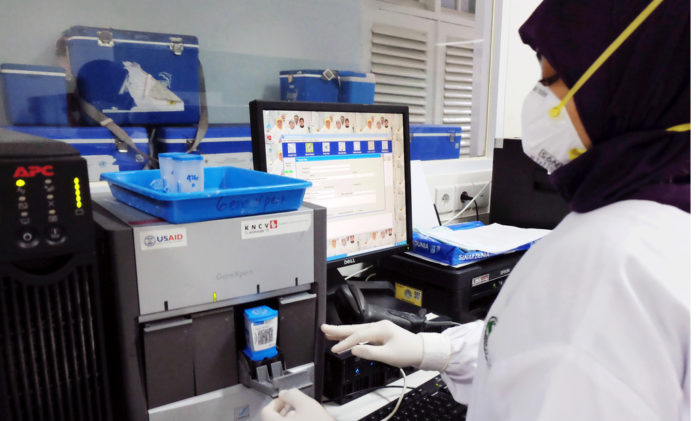
Day of testing plays a vital role in accurate diagnosis of COVID-19 as an early test amplify chances of being false negative
The most commonly used diagnostic tool for diagnosis of COVID-19 is reverse transcriptase polymerase chain reaction test, commonly known as RT-PCR test. The test uses a person’s respiratory sample (throat and nasal swabs) to detect viral particles and determine if the person may have been exposed to the COVID-19 virus.
The RT-PCR tests have been used all over the world to find out if a person has been infected with SARS-CoV-2, the virus that causes COVID-19. These tests have played a critical role in our response to the pandemic. While a positive test result confirms that a person has been infected with COVID-19 virus (specificity of the RT-PCR test is 100%), but a negative result does not rule out infection.
Researchers at Johns Hopkins have found that the chance of a false negative result – when a virus is not detected in a person who actually is, or recently has been, infected – is greater than 1 in 5 and, at times, far higher. The researchers caution that the predictive value of these tests may not always yield accurate results, and timing of the test seems to matter greatly in the accuracy.
The false-negative rate is lowest 3 days after onset of symptoms, or approximately 8 days after exposure
Tests for SARS-CoV-2 based on RT-PCR added little diagnostic value in the days immediately after exposure. This is consistent with a window period between acquisition of infection and detectability by RT-PCR seen in other viral infections, such as HIV and hepatitis C. Our study suggests a window period of 3 to 5 days, and we would not recommend making decisions regarding removing contact precautions or ending quarantine on the basis of results obtained in this period in the absence of symptoms, commented the authors.
Findings were published in the journal Annals of Internal Medicine. The researchers found that the probability of a false negative result decreases from 100% on Day 1 of being infected to 67% on Day 4. The false negative rate decreased to 20% on Day 8 (three days after a person begins experiencing symptoms). They also found that on the day a person started experiencing actual symptoms of illness, the average false negative rate was 38%. In addition, the false negative rate began to increase again from 21% on Day 9 to 66% on Day 21.
The study, which analyzed seven previously published studies on RT-PCR performance, adds to evidence that caution should be used in the interpretation of negative test results, particularly for individuals likely to have been exposed or who have symptoms consistent with COVID-19.
The false-negative rate is lowest 3 days after onset of symptoms, or approximately 8 days after exposure. Clinicians should consider waiting 1 to 3 days after symptom onset to minimize the probability of a false-negative result, added the authors.












